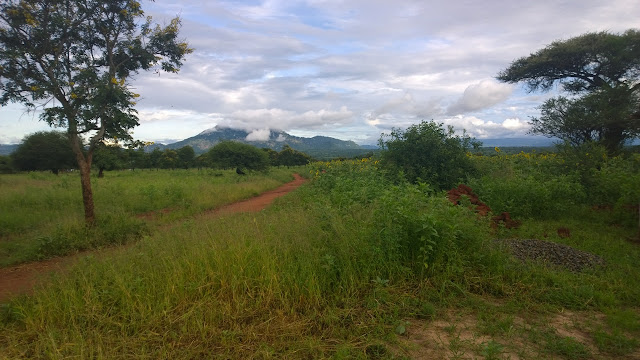The China Connection[s]
From 15 May
 |
| Yangtze Crossing - May 2011 |
Crossing the Yangtze river near Nanjing on this idle Sunday afternoon, two lanes of river traffic stretched as far as the eye could see. Hundreds of boats, from ocean worthy cargo-ships to smaller runabouts, could be seen streaming up and down this liquid superhighway, connecting the agricultural and manufacturing centers of inland China with the appetites and markets of the wider global community.
It truly was a sight to behold, not necessarily 'pretty' in conventional terms but powerful in the way that it gave physical form to the processes of globalization that are reshaping and reconfiguring the world in which we live.
In the muddy waters being churned by the giant engines of the freight-carriers one could plainly see the brute force that is necessary to forge and maintain these global linkages and yet is often obscured in the glossy signage and sparkling windows of the Starbucks and Apple Stores on the shopping streets of Shanghai, New York, and countless cities in-between.
When paired with the construction cranes that seem to hover over every city in China (or at least every city we visited), the sense of dynamism and of growth is increased. This is a country that is on the move, expanding and opening.
Whether this is a new phenomenon or, as the splendor of the Forbidden City/Palace Museum or the voyages of Cheng Ho/Zheng He might suggest, an act of reclaiming and restoring the past, the increasingly pivotal role of China in the global exchange of trade, peoples, and cultures is hard to ignore.
As I consider my own upcoming relocation to East Malaysia, I'm increasingly aware of the connections to China that surround me:
• Abstractly, the trade routes from places like the Port of Nanjing that cut through the South China Sea and the Straits of Malacca to destinations in India, the Middle East, Africa, and Europe and the sharing of culture and cuisine, commerce and concepts that accompanies such movements.
• More immediately, the Basel Christian Church of Malaysia has its own ancestry that tracing back to missionary activity among Hakka speaking Chinese in Guangdong and Hong Kong in the 1840's and their subsequent emigration to British North Borneo in the 1880's as workers in Britain's colonial expansion.
• Likewise, the Lutheran Church in Malaysia and Singapore in which I served last year was composed primarily of Chinese-Malaysians and was planted by American missionaries who had been forced to leave China in the midst of revolutions and the expulsion of foreigners.
With all of this activity and interconnectivity, both historic and present, there is a growing urge to learn more about China. No longer afforded the naivete that comes with distance, there is a clear and present need to learn more about this global neighbor of ours - not out of worry or fear, but out of a sincere desire for better understanding.


Comments